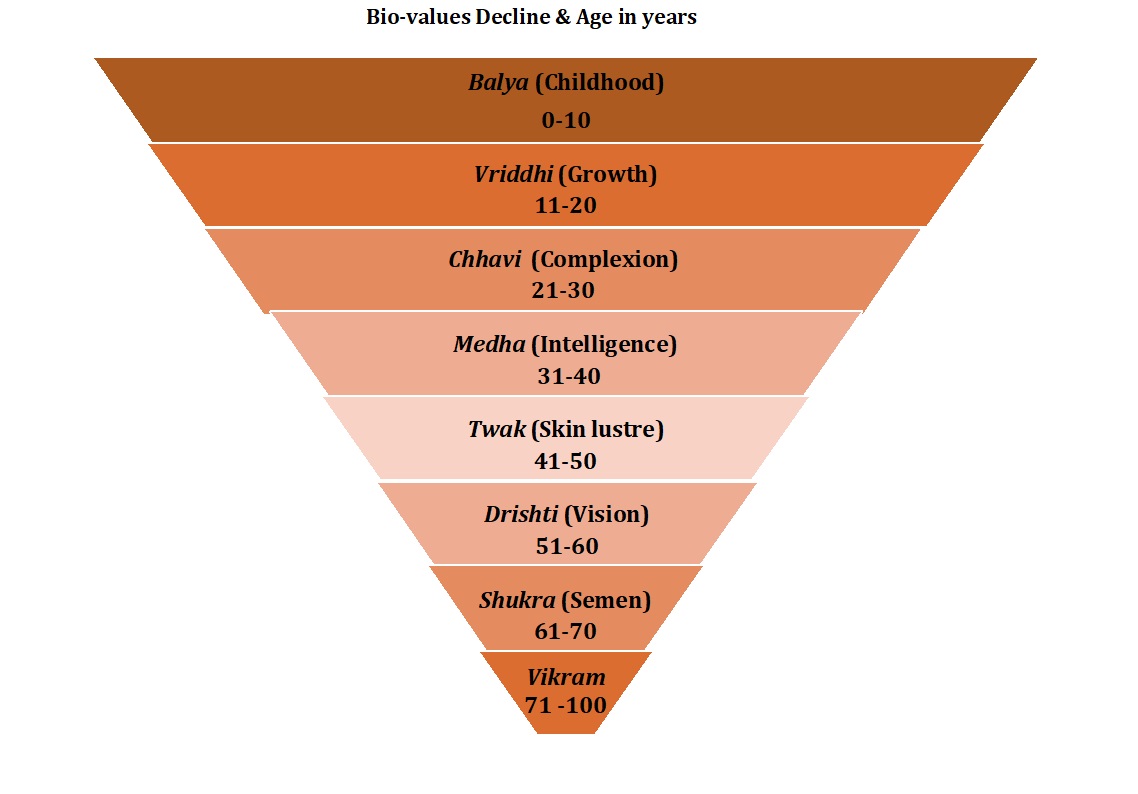An Ayurvedic & Contemporary Perspective on a Comprehensive Appraisal of Ageing
DOI:
https://doi.org/10.47070/ayushdhara.v10iSuppl3.1209Keywords:
Jara, Ageing, Swabhavaja Vyadhi, Swabhavaja Vyadhi.Abstract
As well as being a Swabhavaja Vyadhi (natural sickness), Avurveda has seen Jara or Vardhakya as a natural and unavoidable process. When an organ of a different system begins to degenerated and lose its anatomical and physiological capabilities over time, it is said to be ageing. This process can occur in a cell, an organ, or the entire organism.
Shareera (physical), Indriya (emotional), Satwa (psychological level), Agni (metabolism), Bala and Ojas etc. are influencing factors for Jara (ageing). The final stage of life is called Vriddhavastha (Jara). During this phase, every aspect of the body begins to degenerate, including the Dhatu (different anatomical tissues), the Indriya (sensory and motor organ), the ability to perceive, the power of speech, the power of the body, and numerous mental and cognitive functions (such as memory, intellect, reception, retention, analytic ability, etc).
The Vayu dosha predominates throughout this phase (one of the three physiological body factors). The most noticeable physical changes at this time include ageing skin, greying hair, baldness, and a decline in physical stamina. Loss of muscle compactness, joint looseness, vitiation of Rakta (blood), excessive production of Meda (fatty tissue), failure of Majja (marrow) accumulation in bone, failure of production of Shukra (semen), and loss of Ojas component are examples of these pathological alterations. This article is made to explore the physiological changes during Aging.
Downloads

Downloads
Published
Issue
Section
License
Copyright (c) 2023 AYUSHDHARA

This work is licensed under a Creative Commons Attribution-NonCommercial-ShareAlike 4.0 International License.


